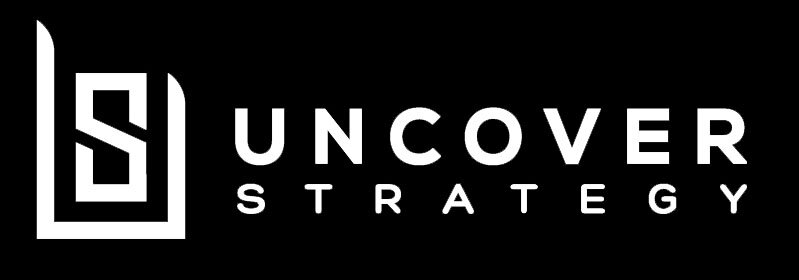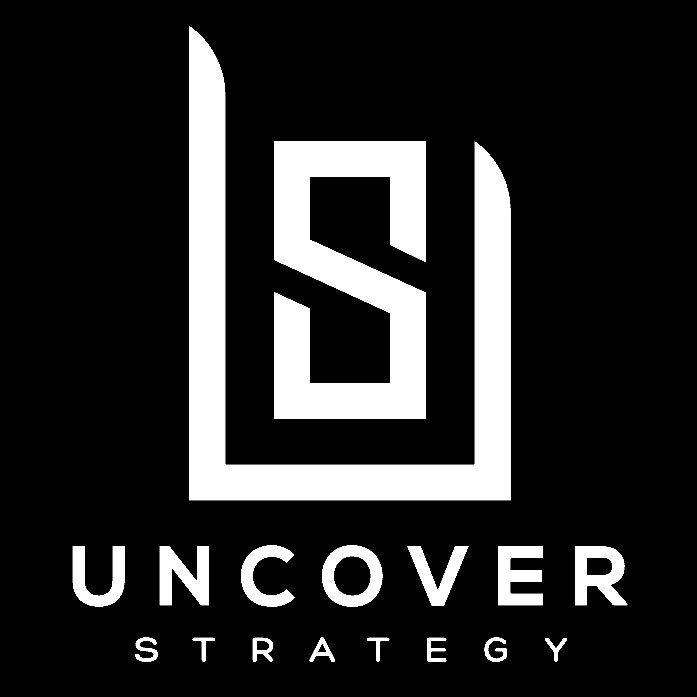Classics: The Blue Ocean Strategy
Discover.
In my last article about offline retail (read here), I talked about the increased competition among the retail industry, backed by evidence from PwC (PricewaterhouseCoopers 2020). One of the ideas in that article was differentiation through added services. In the example of the article, a shoe retailer might be able to further extend his services to a level that can not be easily copied by others and offer extensive value. While not entirely correct, the approach leaned towards the strategy of ‘Blue Oceans’. In the following, I want to discuss and outline the most important aspects of this strategy classic that (if you read my blog) have most probably come across many times already.
Help! My ocean is turning red!
- Kim & Mauborgne 2017 (2017, p. 10)
In the case of the retailer, like many others, the competition grew extensively. This is described as a ‘Red Ocean’ – a place in which extensive competition is the center of operation (Kim & Mauborgne 2017, p. 13) and not the customer, as there might have been before.
The opposite of competition is often differentiation – that way you are offering something that no one other can, excluding competition entirely. This approach of differentiation and creation of new markets shifts back to the paradigm of putting the customer first (Kim & Mauborgne 2017). In a world where ICT creates transparency for everyone, differentiation and the creation of new markets where there are no competitors (hence the term ‘Blue Ocean’) become increasingly important (Kim & Mauborgne 2017). Therefore, a ‘Blue Ocean’ describes a market where there is none or little competition that is created through entirely new products or innovations.
Competition should not occupy the center of strategic thinking.
- Kim & Mauborgne 2017 (2017, p. 13)
If you are swimming in a ‘Red Ocean’, you have to scan what others are doing continually. What is my competitor doing at the moment? What are his terms? What is his strategy?
These things do not only take time, and therefore money which can not be spent on the actual product, it also shifts the focus in the wrong direction. Why do you want to make a change? In a ‘Red Ocean’ strategy setting, a company might say that this would make their product ‘more competitive’. Indeed, having a better, cheaper, minimally improved product can put you in a better competitive spot. You might reach your target. However, you will be in constant movement, and you have to act reactively. This can be not only stressful but waste resources. The question is: Do you want to participate in this ‘Red Ocean’ continuously?
‘Execution can be built into strategy formulation.’
- Kim & Mauborgne 2017 (2017, p. 16)
Several actions can be carried out to built the execution of the discovery of ‘Blue Oceans’ right into the strategy formulation process. Check out the research given in the book to learn more (I feel this would be too extensive to discuss in this small article).
Some may think innovation, and the discovery of ‘Blue Oceans’ is pure luck. And indeed, this might be true for most occasions. Let’s just take the example of the discovery of penicillin. When Alexander Fleming discovered the revolutionary substance in 1929, he was looking for something else. Nevertheless, pure luck is also not the whole story.
Research suggests that the factor ‘luck’ when it comes to innovation can be increased in organizations (Kim & Mauborgne 2017, p. 15). The randomness that is often associated with innovation and the creation of entirely new markets can be heightened. Even though this is highly reliant on organizational agility and culture, and of course, there is no guarantee, it is possible to make this phenomenon more likely (Kim & Mauborgne 2017, p. 15). Just have a quick look at Alphabet (Google & Co.): While relatively new, according to Forbes, Alphabet keeps inventing and succeeding, even in fields that they have not been very active in before, such as the health industry. Gmail has become the most predominant free Email provider according to CNBC, and other projects, such as the newly provided machine learning aids called ‘Teachable Machine’ (I recommend you check it out here; it is amazingly easy to use), are just a few examples.
How did the company keep this flow of innovation and creating multiple oceans going? Hint: One of the many benefits of Google are the projects that employees are allowed to work on in their own time (the ‘20% Rule’), which some become highly successful – and many not (just throwing Google+ into this thought process). There is even a list created by AndroidAuthority on the top 50 failed projects of Google.
‘Industry structure is not given; it can be shaped.’
- Kim & Mauborgne 2017 (2017, p. 15)
Rough chart of the comparison of incremental performance to an existing product (‘Red Ocean’) vs. a product that is creating new markets ‘Blue Ocean’ (inspired by Buisson & Silberzahn (2010, p. 362)).
The ‘Blue Ocean Strategy’ was initially developed by Kim & Mauborgne in the 1990s and was first referred to as ‘Value Creation’ (Kim & Mauborgne 2017, p. 17). After publications in the Harvard Business Review and multiple revisions, you can now find the book in its newest version from 2017 (see references below). The book starts with the issues and proposes generic solutions to these issues. Afterward, it lays out a framework on how to discover ‘Blue Oceans’ more likely – as they say (Kim & Mauborgne 2017, p. 16). Looking at the past, Buisson & Silberzahn (2010, p. 362) describes what happens in many organizations as the ‘innovators dilemma’. According to them, companies usually care sufficient in incrementally improving a product. However, if it comes to radical change, most companies would suffer to deliver entirely new products or ideas.
However, some say that the glamour of this ‘First Mover’ approach is taking too much prestige (BUISSON & SILBERZAHN 2010, p. 360). Not only are there several types of these discovery-alike strategies, but other, less ‘glamorous’ strategies have also proven valid such as the ‘Fast Second’ approach, argues Buisson, B & Silberzahn (2010, p. 360).
References
BUISSON, B & SILBERZAHN, P 2010, ‘BLUE OCEAN OR FAST-SECOND INNOVATION? A FOUR-BREAKTHROUGH MODEL TO EXPLAIN SUCCESSFUL MARKET DOMINATION’, International Journal of Innovation Management, vol. 14, no. 03, pp. 359–78, viewed 9 October 2020, <https://www-worldscientific-com.access.library.unisa.edu.au/doi/pdf/10.1142%2FS1363919610002684>.
Kim, WC & Mauborgne, RA 2017, Blue Ocean Strategy with Harvard Business Review Classic Article “Blue Ocean Leadership” (2 Books) (eng), Harvard Business Review Press, La Vergne, <https://ebookcentral.proquest.com/lib/gbv/detail.action?docID=5182706>.
PricewaterhouseCoopers 2020, Footprint 2020: Offline retail in an online world, 22 August, PWC, viewed 22 August 2020, <https://www.strategyand.pwc.com/nl/en/insights/footprint-2020.html>.



